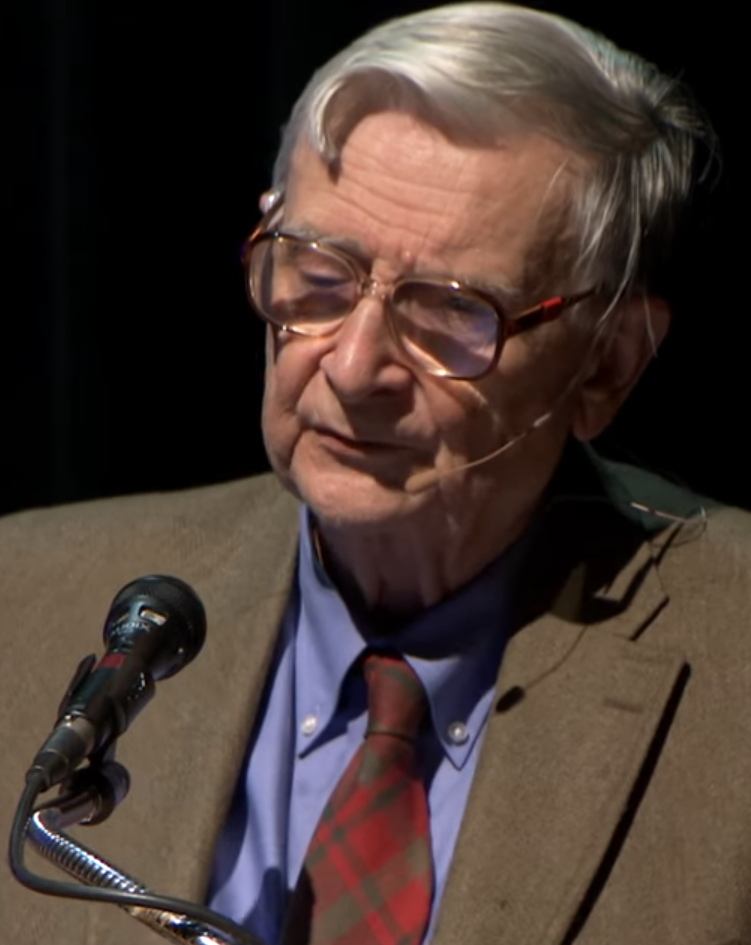Facts about E.O. Wilson
E.O. Wilson Biography
Edward Osborne Wilson was a writer, an influential biologist, an expert on ants and an advocate of ambitious efforts to preserve life on the earth.
Originally from Alabama, Wilson’s lifelong fascination with insects led to a long career at Harvard University as a researcher, theorist and popular writer of books and essays.
During the 1960s, Wilson became known as the co-author of 1967’s The Theory of Island Biogeography (with Robert MacArthur), now a standard text in the fields of ecology and biogeography.
In the 1970s, Wilson furthered his reputation with The Insect Societies (1971) and Sociobiology: The New Synthesis (1975). The first covered ant behavior and communication patterns as part of evolutionary biology; the second applied Wilson’s theories to vertebrates, including humans.
Wilson then won a Pulitzer Prize for On Human Nature (1978), which explored biological factors in human cultural evolution. By that time, Wilson was frequently under attack, accused of providing fodder for white supremacists and other fans of discredited eugenics theories.
After retiring from Harvard, Wilson founded the E.O. Wilson Biodiversity Foundation and devoted himself to conservation and the preservation of biodiversity, including advocating an idea called Half-Earth, the setting aside of half the planet to preserve life and habitat.
During his long career Wilson wrote more than 30 books, including The Ants (1990, with Bert Hölldobler, and another Pulitzer); The Diversity of Life (1992); Naturalist (1994, an autobiography); Consilience: The Unity of Knowledge (1998); Letters to a Young Scientist (2014); and Half-Earth (2016).
Extra credit
At the age of 7, Wilson was fishing and in an accident a pinfish struck him in the eye, blinding him for life in the right eye.

